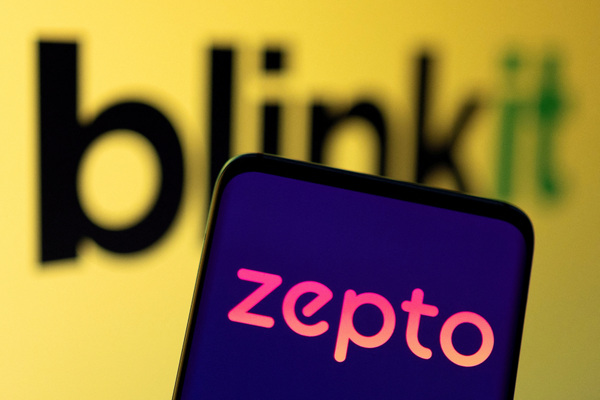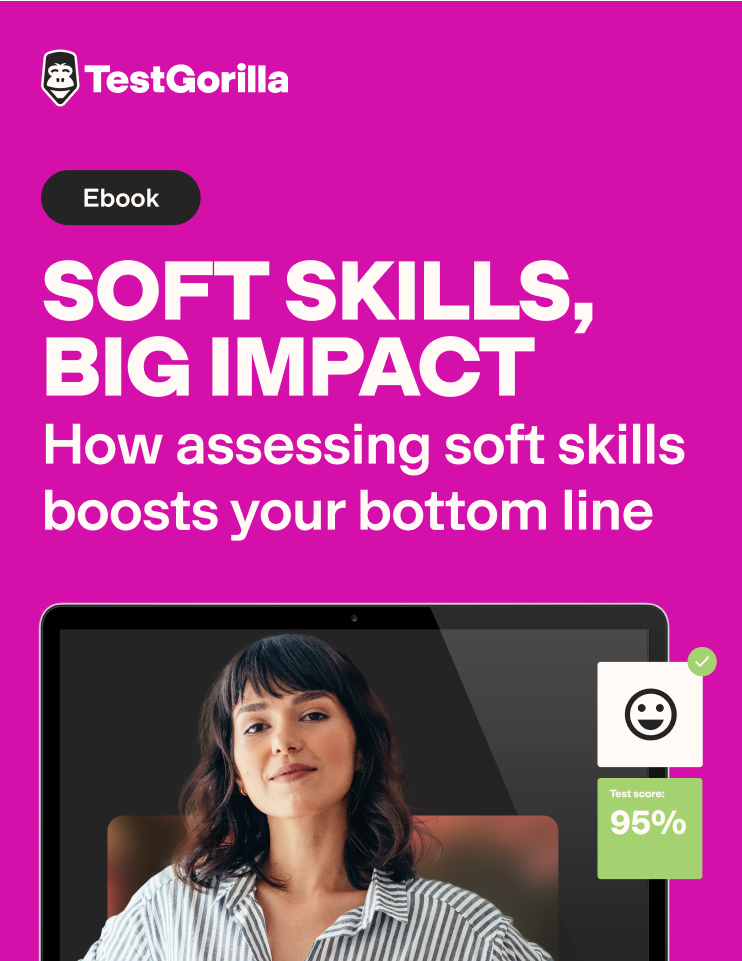Attainable is the new aspirational

Mika Saulitis at Trollbäck+Company describes how modern brands are embracing the everyday—not just the exceptional
For so long, aspirational has been a branding silver bullet. Feel like a rockstar when you sip that energy drink. Look like a supermodel in these clothes. Experience ultimate luxury in this car. Perform like a pro athlete. Get rich. Live lavishly. And for creatives, add some gloss, shimmer, and dimension to that design to connote premium quality.
From entertainment networks to financial institutions, food to fashion, branding and marketing overwhelmingly offer a race to the top; who can paint the most aspirational picture of their products and services, and the lifestyles they enable for lucky customers?
But today, audiences are exposed to more brands and marketing messages than ever before, and their BS-meter has never been more attuned. When people hear and see these lofty standards over and over again, they start to become white noise. We’re seeing that audiences today seek out brands that empathise with them and deal in reality—rather than ones that paint an unrealistic picture of how much better and more glamorous their lives can be.
Simply put, the most compelling brands today are making attainable appealing.
The appeal of the accessible isn’t a new trend. I’m reminded of Nike’s “Find Your Greatness” campaign from 2012, which featured everyday people performing everyday athletic feats, averagely— yet the net result was a powerful message that inspired the athlete in everyone.
This approach to bringing brands within everyone’s reach, however, really began gaining traction during COVID. The pandemic ushered in a high level of uncertainty for almost everyone, and the effects are still being felt. According to CNBC, consumer prices rose 9.1% last year while wage growth rose less than half of that at 4.5%. Economists at J.P. Morgan also calculated that inflation has outpaced wage growth for 22 consecutive months.
As the cost of living continues to skyrocket, money isn’t going as far as it used to, leaving people with the desire to align with brands that understand these realities–without sacrificing quality. Consumers today don’t want brands that portray the world through rose-coloured glasses; they want brands that can communicate a premium message in an alluringly attainable way.
As such, companies that once competed for the coveted disposable income of Millennials find themselves no longer positioned as premium nice-to-haves; they have to become essential parts of their audience’s lives.
Look no further than the latest trend in entertainment: the rise of free streaming via AVOD services (Paramount’s Pluto TV, FOX’s Tubi, Amazon’s Freevee). The largest media companies in the world are building brands that serve as a utility that anyone can enjoy, rather than a premium entertainment service.
This strategy directly impacts how the brands of these services are designed. Gone are the days of fancy refracting golden luminescence and ultra-thin, elegant typography. Instead, they all feature poppy colour palettes, bold typography, and messaging that has a wink and a nod; it’s about making everyone feel welcome, not just a select few.
Approachable brands meet people where they are, establish emotional connections, and speak to audiences on their level. We hear phrases from clients like “we want to embrace the perfectly imperfect” or “we want to feel more authentic” more and more–sentiments anchored in embracing the realities of customers’ everyday lives.
For fintech company Betterment, the brand was positioned around making peoples’ lives better–not just financially, but in every interaction, no matter how seemingly common. Whatever their financial situation, it’s about empowering personal achievement, not making everyone rich overnight or painting a monolithic picture of “wealth management” or what someone’s future “should” look like. For many Betterment customers, simply attaining world-class financial tools is a revelatory step in setting and achieving their goals.
Brand positioning for FOX Entertainment and Studio Ramsay Global’s food startup Bite is around meeting people wherever they are on their food journey. It’s not about making you the next James Beard-winning chef; it’s about helping that overworked single parent simplify lunch prep for their kids.
More than any other entertainment company, Disney could have easily touted “the greatest stories in the world” positioning for Disney+, but instead they built a brand through the lens of relatable emotional responses that audiences have to their stories–each and every day across generations.
This is not to say that companies today aren’t aiming to elevate their brand or inspire their audience. But there must be a level of approachability and relatability to these brands, otherwise, they run the risk of having audiences call BS on them.
There are a few steps brands can take to ensure they don’t fade into the unrealistically aspirational void:
1. Identify the needs, frustrations, and ambitions of your audiences
Knowing your audience and their psychographic wants, needs, interests, hopes, and desires is where all brands must begin to more meaningfully connect with their customers. Without it, you don’t have a north star to guide you or criteria for what may cross the line from relatable and resonant to unattainable and off-putting.
2. Tell your brand story through the lens of your audience
How does what you offer connect with what your audience cares about? The simplest way to activate this is by framing features as benefits; that is, not talking about what the brand or a product does and how great that is, but what that means to the audience you’re speaking with. What do you empower them to do? How do you want to make them feel? What frustration are you alleviating? What ambition are you fuelling?
3. Ditch the “voice of God” and speak with your audience
Back in the day, communicating from the top down gave your brand authority and credibility. Now, that approach can feel cold, corporate, and out-of-touch. Instead, give your audience credit and communicate with them—not at them. Empathise with their situations. Acknowledge their challenges. Set realistic expectations. This creates warmth, generates trust, and establishes a more welcoming environment for all.
There’s nothing wrong with elevating a brand to feel aspirational; I’d argue that’s a good thing. But the pathway that brands must take to get there is shifting. We’ve all seen some version of wealthy celebrities frolicking through daisy fields while telling us normal people to “wake up” one too many times.
We get it, this perfume will help us find true love, experience pure bliss, and live the apparently carefree lifestyle of [insert paid celebrity here].
Audiences are savvy and can sniff out brand BS. Today, it’s more impactful to celebrate the everyday—not just the extraordinary—and to put up a mirror for audiences, not a facade.
Mika Saulitis is Director of Creative Strategy at Trollbäck+Company
Main image courtesy of iStockPhoto.com

Business Reporter Team
Most Viewed
Winston House, 3rd Floor, Units 306-309, 2-4 Dollis Park, London, N3 1HF
23-29 Hendon Lane, London, N3 1RT
020 8349 4363
© 2025, Lyonsdown Limited. Business Reporter® is a registered trademark of Lyonsdown Ltd. VAT registration number: 830519543





